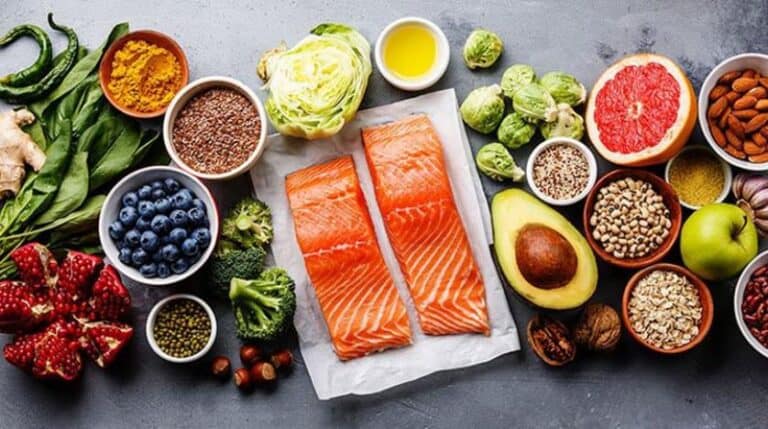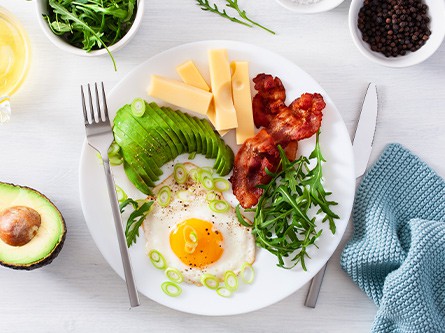Korean Diet

Foods that were previously only available in a few countries can now be enjoyed worldwide thanks to globalization. The Korean diet is one of the diets that is now easier to get. It has grown in popularity, particularly as a result of the notion that it can aid in weight loss.
The Korean Weight Loss Diet, also known as the K-pop Diet, is a whole-foods-based diet popular among both Easterners and Westerners. It is inspired by traditional Korean cuisine.
It is marketed as a successful approach to losing weight and looking like K-pop stars, a well-liked musical style that originated in South Korea.
also said to improve your long-term health and assist in skin clearing.
Can you lose weight by following the Korean diet? Join us as we explore this topic and provide an answer to this query. Everything you need to know about the Korean Weight Loss Diet is included in this article.
What Is The Korean Diet?
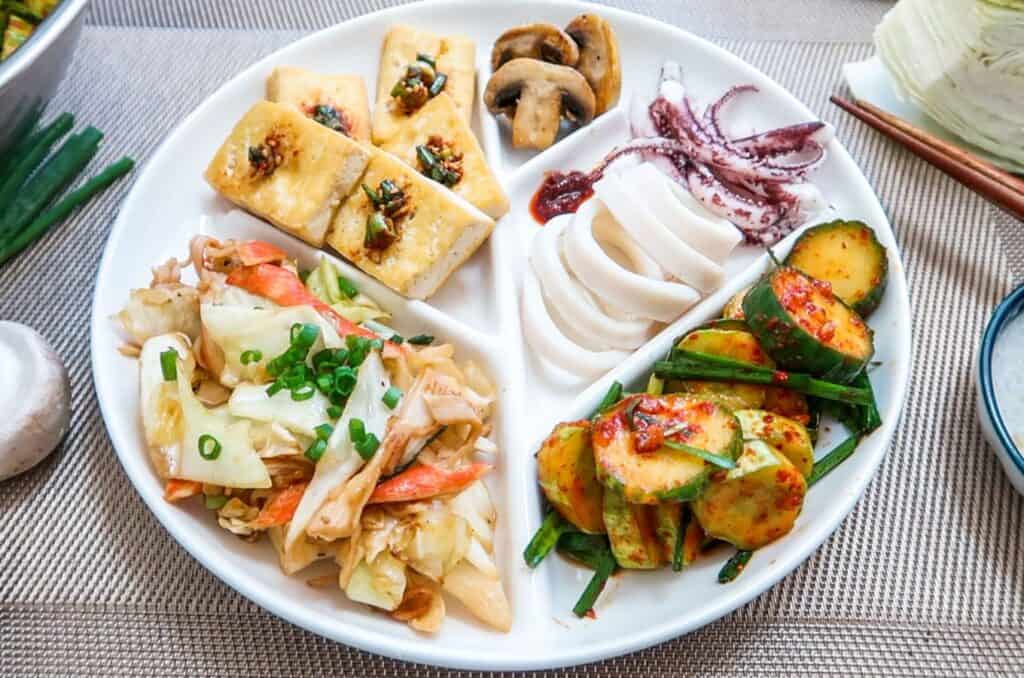
Despite the fact that they are two distinct ideas, the terms “Korean diet” and “Korean food” are sometimes used synonymously. The food components of the Korean diet are referred to as Korean food. The Korean diet, on the other hand, is a representation of the traditional food culture of the Korean people as well as various cooking techniques and eating habits.
Traditional Korean cuisine serves as the inspiration for the Korean Weight Loss Diet. It mostly relies on the whole, lightly processed foods and limits the consumption of processed, fatty, or sugary foods. By altering your eating and activity routines, the plan claims to help you lose weight and keep it off without making you give up any of your favorite foods.
It also promises to improve your long-term health and assist in skin clearing. In addition to its focus on nutrition, the Korean Weight Loss Diet puts an equally strong emphasis on exercise and even provides specific K-pop workouts.
Read more:iu diet weight loss: 2 ways to loss weight
How to follow the Korean Weight Loss Diet
The Korean Weight Loss Diet is centered on an eating pattern that consists primarily of traditional Korean dishes. It encourages consuming whole, less processed foods while restricting the consumption of highly processed ones. It also advises staying away from foods that are high in fat, refined sugar, wheat, and dairy.
The majority of meals typically include rice, a variety of vegetables, and some form of meat, fish, or shellfish. The fermented cabbage dish known as kimchi, which is a mainstay of Korean cooking, will also be consumed in large quantities.
Additional diet rules
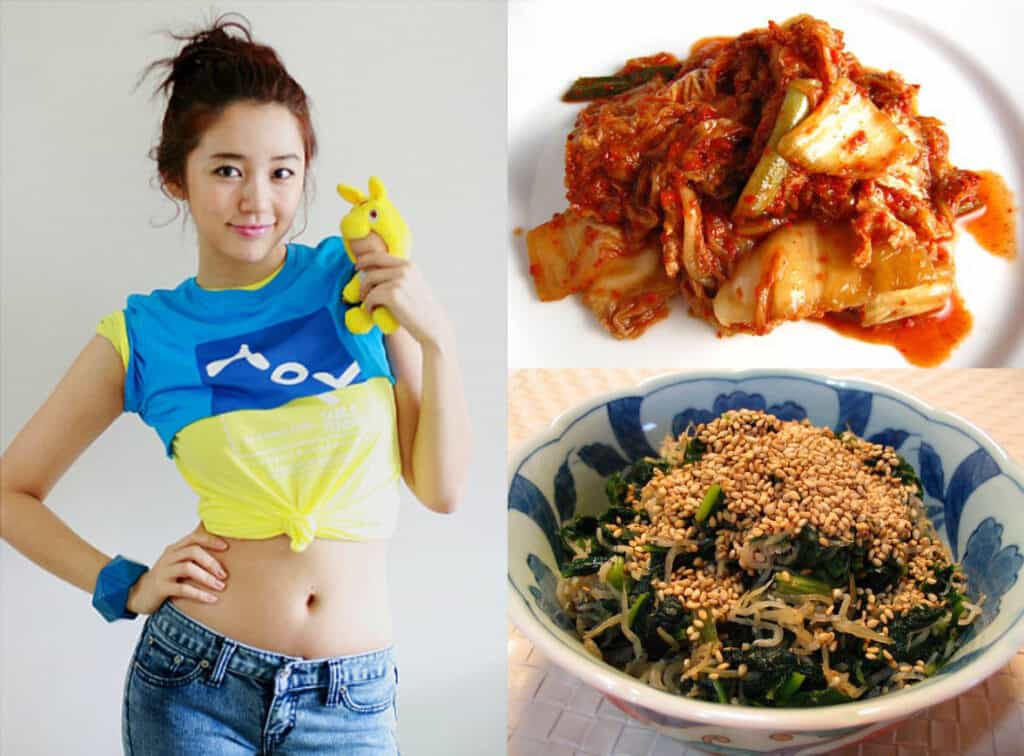
To succeed on this diet, you’re encouraged to follow a few additional rules:
- Eat fewer calories. This diet doesn’t specify portion sizes or a strict daily calorie limit. Instead, it suggests relying on Korean recipes, soups, and plenty of vegetables to cut calories without feeling hungry.
- Exercise regularly. K-pop workouts are provided for this purpose.
- Eat less fat. It’s recommended to limit oily foods and avoid sauces, oils, and seasonings whenever possible. Eating out should be limited as well.
- Minimize added sugars. You’re encouraged to replace soda with water and cookies, sweets, ice cream, and other baked goods with fresh fruit.
- Avoid snacks. Snacks are considered unnecessary on this diet and should be avoided.
- The diet promises to be very flexible and sustainable. You’re encouraged to select whichever Korean foods you like best to tailor the diet to your taste.
Can The Korean Diet Promote Weight Loss?
The majority of Koreans have slim bodies, as you would probably notice when you observe them. Furthermore, the nation has demonstrated a low prevalence of obesity and metabolic problems.
As a result, their food has received praise from many, who recognize it as the primary factor in the residents’ ability to maintain a healthy weight. However, is this the case?
People are already interested in this diet to aid in their weight reduction efforts even before nutritionists assess its effectiveness for weight loss.
The Korean Weight Loss diet encourages you to eat the following foods:
- Vegetables. No vegetables are off-limits. You can eat them raw, cooked, or fermented, such as in the case of kimchi. Soups are another great way to eat more vegetables.
- Fruit. All types of fruit are allowed. They’re considered a great natural substitute for sweets.
- Protein-rich animal products. This category includes eggs, meat, fish, and seafood. Small portions should be added to most meals.
- Meat substitutes. Tofu, dried shiitake, and king oyster mushrooms are most often used to replace meat in Korean recipes. They can make Korean recipes suitable for vegetarian or vegan diets.
- Rice. White rice and rice noodles are included in many of the Korean recipes promoted on this diet.
- Other wheat-free grains. Dumplings, pancakes, or glass noodles made from mung bean, potato, or tapioca starch constitute great alternatives to rice.
You’re encouraged to determine your portion sizes based on the amount of food that helps you lose weight without feeling overly hungry or low on energy.
Foods to avoid
The Korean Weight Loss Diet minimizes your intake of the following foods.
- Wheat-containing foods: bread, pasta, breakfast cereals, pastries, or wheat-based flours of any kind
- Dairy: milk, cheese, yogurt, ice cream, and any baked goods containing dairy
- Fatty foods: fatty meats, fried foods, sauces, oily seasonings, or foods cooked in oil
- Processed or sugary foods: candy, soft drinks, baked goods, or any other foods containing added sugars
This diet doesn’t require you to cut these foods out completely but recommends you greatly reduce your intake. However, it does strictly discourage snacking between meals.
Sample Of A Korean Diet
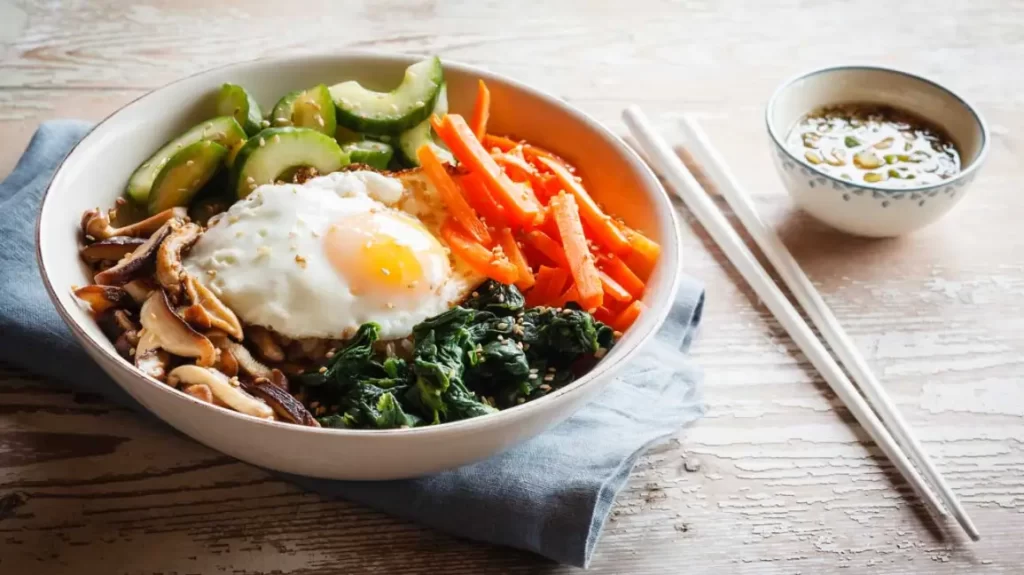
If you’re interested in trying this diet for weight loss, speak with your nutritionist. They will assist you in choosing the foods that will help you maintain a calorie deficit throughout the day and the optimal meal combinations to eat at various times of the day. Additionally, they will take into account your regular dietary needs. In your diet plan, they may suggest using the following foods or meals as examples:
First day
- Breakfast: 2 eggs, 1 banana, nuts
- Lunch: kimchi-vegetable soup with pork or tofu
- Dinner: fried rice and vegetables
Day 2
- Breakfast: Korean pancakes filled with vegetables, shiitake, or seafood
- Lunch: bibimbap — a Korean rice dish made with egg, vegetables, and meat or tofu
- Dinner: japchae — a Korean glass noodle stir-fry
Day 3
- Breakfast: mandoo — Korean meat or vegetable dumplings made with rice and tapioca flour
- Lunch: spicy Korean coleslaw salad
- Dinner: kimbap — also known as Korean sushi rolls — filled with your choice of vegetables, avocado, shrimp, or tofu
The fourth day
- Breakfast: vegetable omelet
- Lunch: kimchi-vegetable soup with pork or tofu
- Dinner: Tofu fried rice and meat
Day 5
- Breakfast: One slice of bread with peanuts and 1 banana
- Lunch: Salad of your choice (be careful with the dressing)
- Dinner: fried rice and vegetables
Day 6
- Breakfast: vegetable omelet
- Lunch: Chicken fried rice
- Dinner: Chicken salad and fruit for dessert
The seventh day
- Breakfast: 1 banana, Greek yogurt, and almonds
- Lunch: Pasta of your choice
- Dinner: fried rice and vegetables
That’s all there is to it. This is our modified Korean diet strategy. don’t shock if you are missing some snacks in between meals. However, you won’t need any snacks during the week. In addition to all the great fruits, you could have Patbingsu once a week if you crave something sweet. Other than that, you should be firm and stick to the strategy. Simply search for recipes online if you don’t have kimchi at home or if you’re unsure how to prepare vegetable side dishes.
Please don’t completely abandon the diet plan if you can’t get used to Kimchi. Simply omit the kimchi and substitute other veggies, salad, or fruits in its stead. And if this is not working for you, you should try meat instead. But try to stick to the plan first and then take it from there.
Read more: IU diet 3 days To get the weight you want
Is that it? It can’t be that simple, can it? Well, that is as we already stated. The Korean diet is delicious, healthful, and rather unrestrictive. Yes, you must limit your intake of chocolate and sweets. However, after a while, you won’t miss it too much because all the delicious fruits will fulfill your sweet craving. Yes, you should select water over soda when shopping. Once the Korean diet becomes a habit, you won’t even miss the excessively sweet and sugary soda drinks. Meaning that it won’t simply be a diet anymore; it will be your life.





